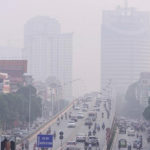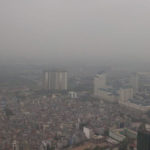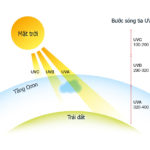Air pollution is a growing concern, posing health risks to people of all ages, especially children. Their developing immune systems make them more susceptible to respiratory illnesses, which can be more severe.
Below are some ways to protect your child’s lungs when pollution levels spike. As a parent, it’s essential to be aware of these measures to safeguard your little one’s health.
1 Keep Indoor Air Safe
Since children spend a significant amount of time indoors, ensuring the air quality at home is crucial for their well-being. Various sources of indoor air pollution include:
- Tobacco smoke, which contains numerous harmful chemicals.
- Cleaning products that release volatile organic compounds (VOCs).
- Wood-burning stoves and fireplaces emit fine particles and toxic gases like carbon monoxide.
- Air fresheners and fragrances often loaded with VOCs and synthetic chemicals.
- Mold and bacteria can grow in damp areas.
- Pollen and allergens can enter through open windows or attach themselves to clothing.
- Building materials and furniture may release formaldehyde and other toxic chemicals.
- Insecticides and pesticides contain harmful chemicals.
- Radon, a colorless and odorless gas that can seep into homes from the soil.
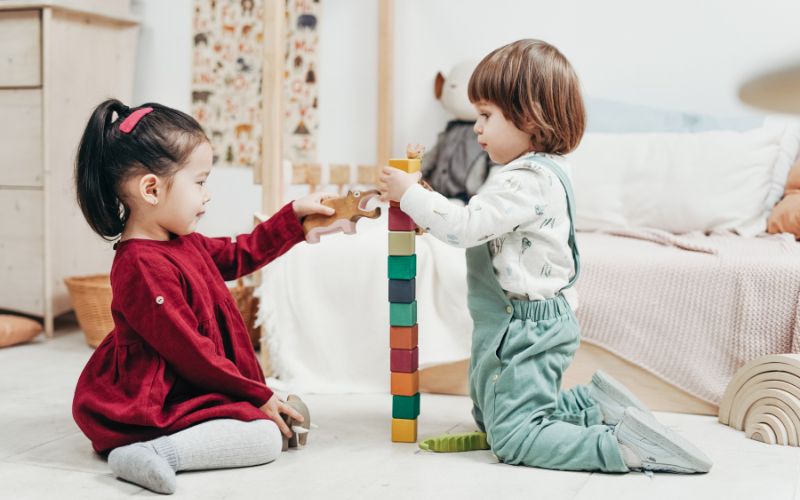 Keep Indoor Air Safe
Keep Indoor Air Safe
Here are some tips to maintain healthy indoor air:
- Refrain from smoking indoors, especially in areas where children spend time.
- Opt for cleaner fuels when cooking and heating your home.
- Always cook in a well-ventilated area to prevent the buildup of pollutants.
- Avoid using kerosene lamps or heaters, as they produce harmful emissions.
- Minimize the use of artificial fragrances or opt for natural alternatives.
- Invest in air purifiers that can trap fine particles and mold spores.
- Keep windows and doors closed during periods of high outdoor pollution.
2 Monitor Outdoor Air Quality Regularly
Stay informed about outdoor air quality levels and keep your child indoors when pollution is severe.
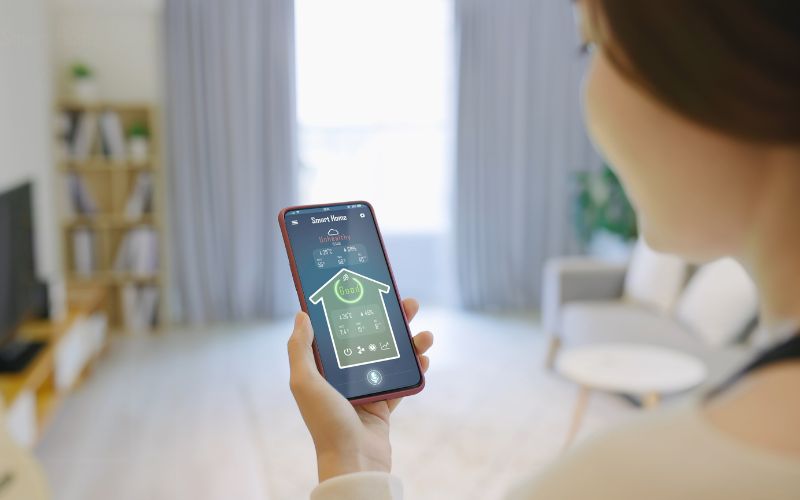 Monitor Outdoor Air Quality Regularly
Monitor Outdoor Air Quality Regularly
For more information:
3 Maintain Respiratory and Personal Hygiene
Teach your child the importance of good personal hygiene, such as washing hands before and after meals and covering their mouth when coughing or sneezing. Additionally, daily nasal rinses with saline solution can help keep their respiratory system healthy. However, avoid overdoing nasal rinses to prevent irritation.
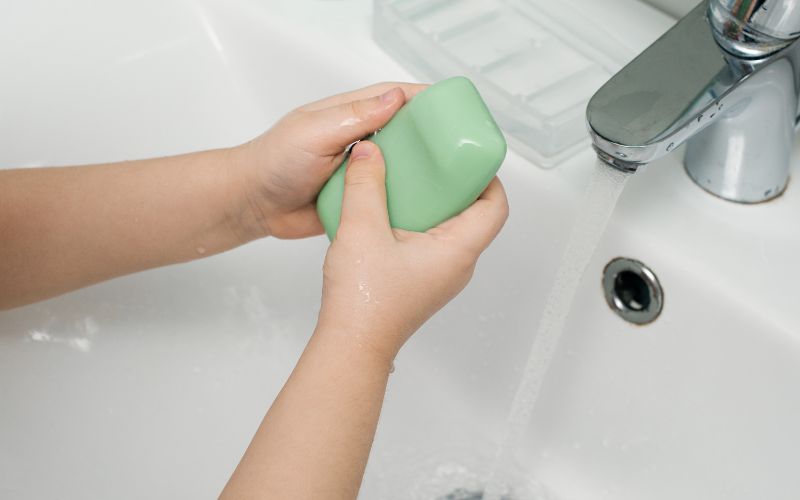 Maintain Respiratory and Personal Hygiene
Maintain Respiratory and Personal Hygiene
4 Wear Masks When Outdoors
Don’t forget to wear a mask when stepping out, especially in polluted environments. Opt for N95 masks, which are designed to filter out fine particles effectively.
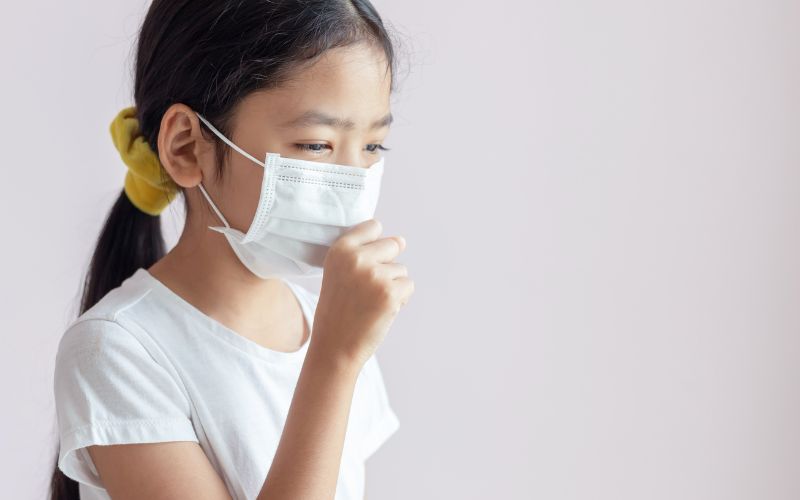 Wear Masks When Outdoors
Wear Masks When Outdoors
5 Prevent Secondhand Smoke Exposure
Secondhand smoke is just as harmful to developing lungs and can trigger asthma attacks, respiratory infections, and other respiratory issues. If your child experiences frequent coughing, shortness of breath, or ear infections, consider if they are exposed to tobacco smoke.
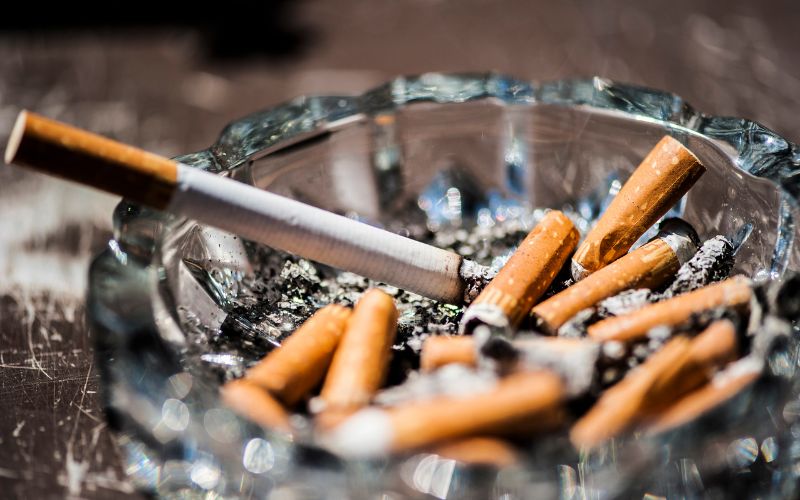 Prevent Secondhand Smoke Exposure
Prevent Secondhand Smoke Exposure
6 Promote a Healthy and Balanced Diet
A nutritious diet benefits overall health and strengthens the respiratory system. Include foods rich in antioxidants, vitamins, and minerals, such as fruits, vegetables, and healthy fats.
 Promote a Healthy and Balanced Diet
Promote a Healthy and Balanced Diet
These measures will help protect your child’s lungs when pollution levels are high. Taking these steps can make a significant difference in safeguarding your child’s health.
Source: Vietnamese Women’s Newspaper
Delhi Launches Applications to Monitor Air Pollution
Bach Khoa GREEN is raising awareness of the concerning levels of air pollution present in Ho Chi Minh City and Hanoi, the two biggest cities of our country. To help in protecting the health of individuals and their families, the organization is introducing different applications dedicated for monitoring air pollution.
Helping Young Kids Sleep Comfortably with 7 Strategies for Using Air Conditioning
Having trouble figuring out the best way to use an air conditioner around your kids? Fear not – these tips can help make sure your children remain safe and comfortable while under an air conditioner. Read on for more information and advice on how to use air conditioners correctly with your children.

























